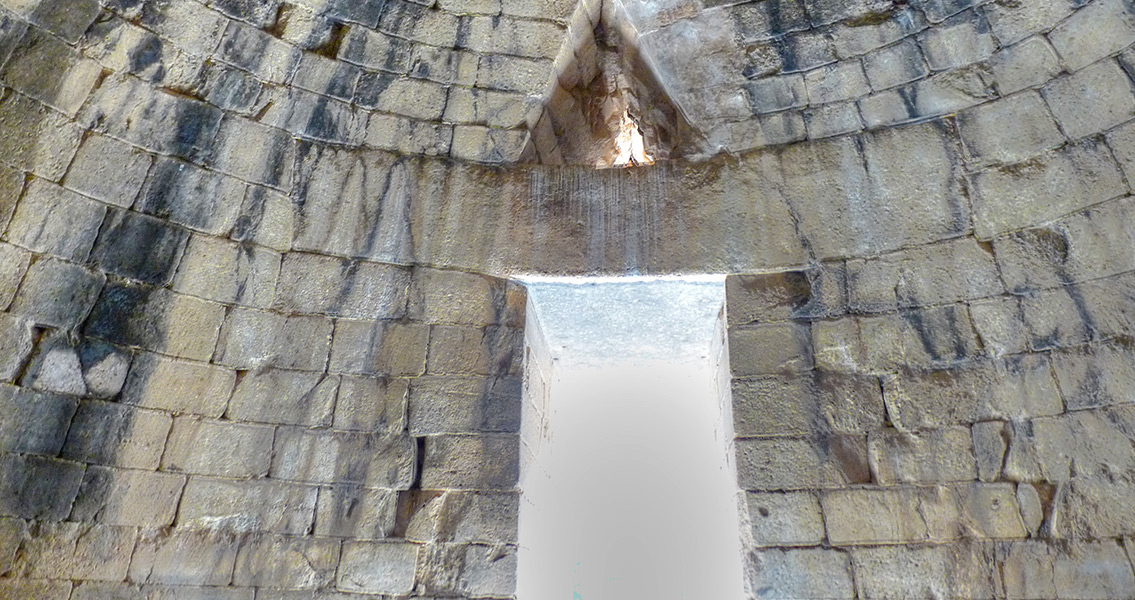<![CDATA[A team of archaeologists has announced the discovery of a 3,300 year old Mycenaean tomb near Amfissa, in the centre of Greece. It is the first tomb of its kind to be found in the region. The discovery was made as part of excavations for an irrigation project, according to the Greek Reporter. Initial archaeological studies of the tomb suggest it had been used for more than two hundred years, from the thirteenth to the eleventh century BCE. It is incredibly rare to find a Mycenaean tomb untouched, as the vast majority have been looted, vandalised or severely damaged by environmental conditions. It seems that robbers had attempted to gain access to the tomb at some point in its history but failed, allowing the artefacts inside to remain unscathed over thousands of years. The tomb itself is a tholos, characterised by a beehive like design. Tholos tombs have vaulted ceilings, constructed through the layering of concentric rings of stones or mud bricks. The tombs were usually constructed in the slopes of a hill, meaning that only the upper portion of the burial chamber was visible above ground level. The visible section would then be concealed under a small mound of earth. According to Lamiastar.org the tomb in Amfissa is 9 metres long, while the circular burial chamber has a diameter of 5.9 metres. Although the vaulted ceiling of the chamber had collapsed, the walls were reasonably well preserved, standing at a height of close to 3 metres. Led by Athanasia Psalti, the research team found a host of valuable artefacts inside the tomb which they hope will prove useful in furthering our understanding of Mycenaean culture. Among the objects revealed so far are bronze vases, gold and bronze rings, small vessels for storing aromatic oils, buttons made from precious stones, two bronze daggers, spearheads, various idols, over forty pieces of painted pottery and a selection of seals with animal, floral and linear designs. Archaeologists also found human remains within the burial chamber. A large amount of skeletal remains had accumulated near the tomb's walls, while better preserved remains were found buried in the tomb. It seems the dead were buried in the floor of the burial chamber with their belongings, until they decomposed. After decomposition their bones were dug up and swept towards the sides of the chamber. This explains the different position and state of preservation of the skeletal material. The Mycenaean civilisation flourished in the late Bronze Age, and was an early cultural and artistic high point in Ancient Greek history. Its influence was centred around the Peloponnese in Greece, but also extended across the Aegean Sea to Crete and the Cycladic Islands. The civilisation left a host of sophisticated artistic and architectural relics, but mysteriously came to an end around 1200 BCE, signaling the start of the Greek Dark Age which lasted for centuries. A full scientific study, compiled by the researchers, will be published soon. It is expected to provide new information about the development of the region during the Mycenaean period. Image courtesy of Wikimedia commons user: michael clarke stuff ]]>
Rare Mycenaean Tomb Discovered
